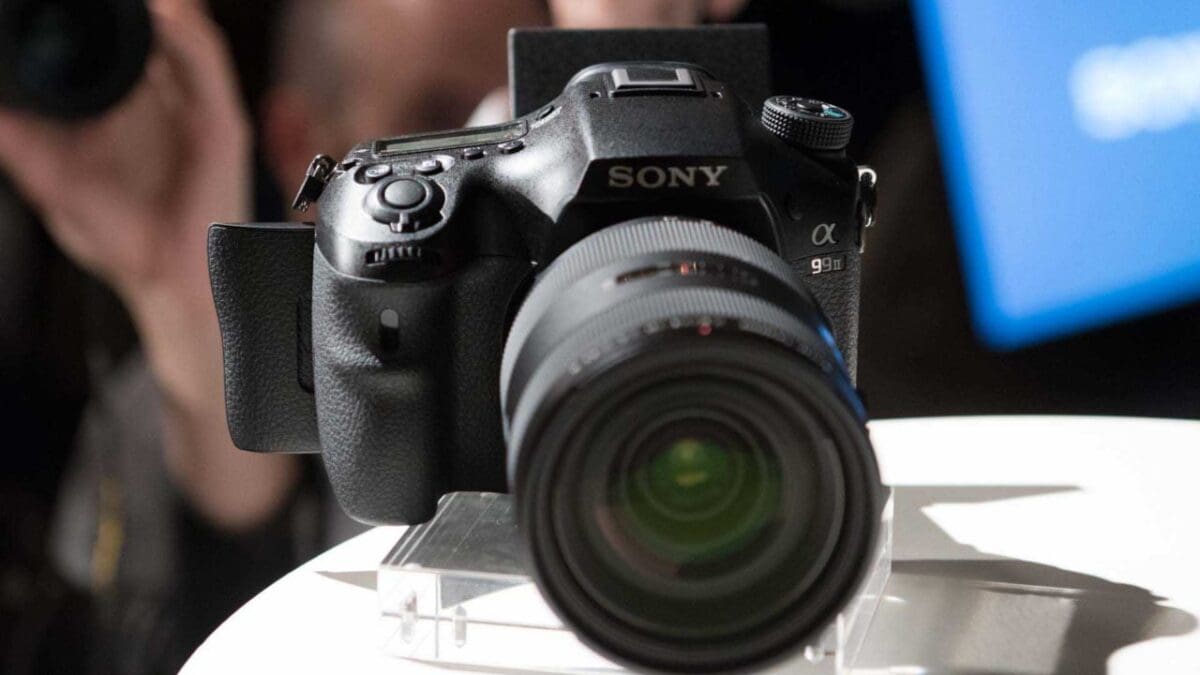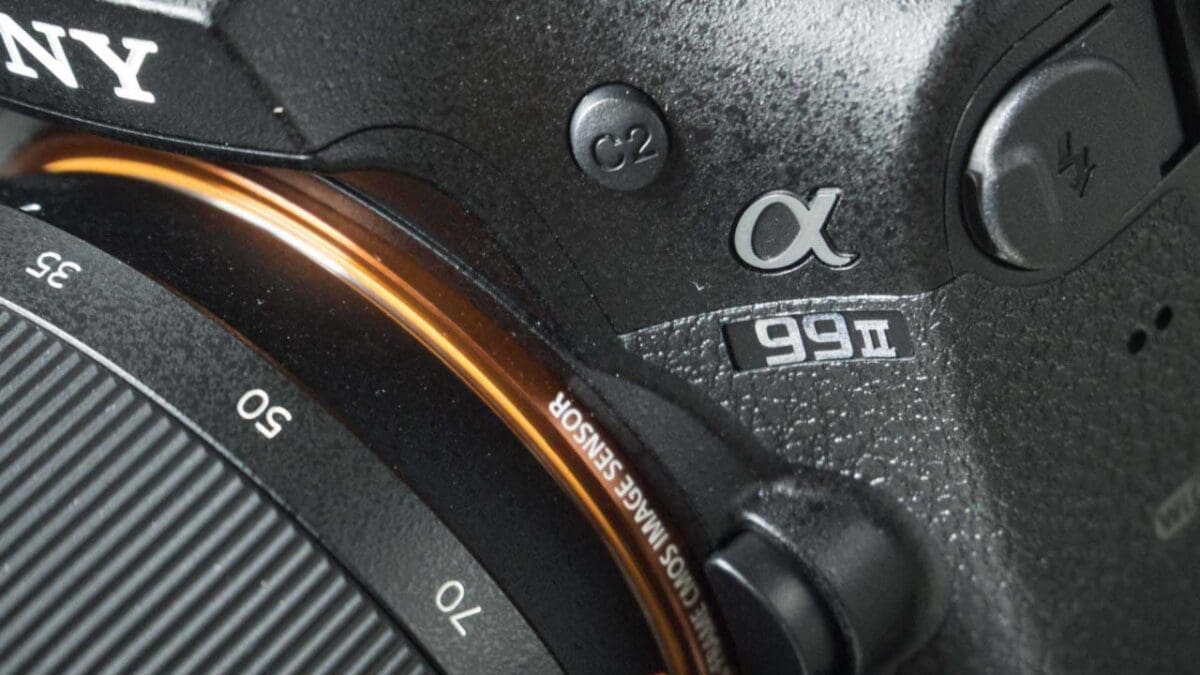[et_pb_section admin_label=”section”][et_pb_row admin_label=”row”][et_pb_column type=”4_4″][et_pb_text admin_label=”Text” background_layout=”light” text_orientation=”left” use_border_color=”off” border_color=”#ffffff” border_style=”solid”]
It may as come as a bit of a surprise announcement at Photokina 2016, but Sony’s A99 II appears to be a major overhaul from the previous generation – and – what’s more, it has some features which should prove genuinely exciting to professional photographers.
Here we take a look at how the new Sony camera compares with the older model.
Sony A99 II vs A99: sensor
This area is clearly where Sony sees it has the trump card over other high-end full-frame models currently in the market. It has a 42.4 million pixel image sensor, the same resolution as the A7R II. While it’s true that Canon goes a little bit higher with its 50MP EOS 5DS/R, Sony also has a high frame rate which should appeal to sports, action and wildlife shooters.
The older A99 boasted a 24.3million pixel sensor, so Sony has gone almost double for the new model.
Sony A99 II vs A99: processor
Sony’s new A99 II has the Bionz X processor, compared with a standard Bionz for the old model. It also has a new front-end LSI unit to work with the sensor and processor for ultra fast speeds – something which it needs to facilitate things like 4K and a high frame rate, something which the older camera simply couldn’t manage.
Sony A99 II vs A99: frame rate
Here’s where sports and wildlife photographers begin to ooh and ahh. The new model boasts 12fps shooting with continuous autofocusing. That gives you lots of scope to capture the exact moment you need when capturing fast moving subjects.
Sony A99 II vs A99: screen
Most full-frame cameras have fixed screens, and certainly at the pro-end of the full-frame market it’s difficult to find something which has a moving screen. Not the case with the A99 II, it features a tilt-angle screen which can move about in several directions, including being able to face fully forward.
That’s super useful for videographers, but also photographers who may find themselves shooting from awkward angles. The original A99 had a fully articulating screen, which was also useful but moved in a different way.
Sony remains ever reluctant to include touch-sensitivity in its screens, despite the fact that you’ll find them in most of its competitor’s cameras.

Sony A99 II vs A99: viewfinder
Both the cameras have a 2,359,296-dot electronic viewfinder, but the big improvement for the II model is that it can now show you continuous live view when shooting at 8fps.
Sony A99 II vs A99: focusing system
By comparison, the original A99’s 19-point autofocus system seems paltry compared to the new system. It has a precision 79-point dedicated phase detection AF sensor with 399 focal plane phase detection AF points. This effectively produces 79 hybrid cross-focus points.
In other words, there’s a lot more points, and they’re a lot more accurate. Coverage across the frame has also increased, and the system is capable of focusing down to -4EV.
Sony A99 II vs A99: stabilisation
The original A99 used sensor-shift stabilisation, but the A99 II uses the same 5-axis image stabilisation system as can be found in the A7 II. This gives it a 4.5 stop shutter speed advantage, which should prove useful considering how unforgiving a high resolution sensor can be for displaying shake.
Sony A99 II vs A99: design
Despite all the new technologies and features, Sony has managed to decrease the size of the A99 II, making it 8% smaller than the A99. It’s now around the same size as the A77 II – an APS-C model. It is however, a little heavier than the previous model. It retains dust and moisture resistance, and still has a tough magnesium alloy body.
Sony A99 II vs A99: video
The previous A99 was capable of recording full HD video. The A99 II, probably unsurprisingly in 2016, has 4K video recording. It can also offer full pixel readout without pixel binning and has a range of other video features.
READ MORE
Hands-on Fuji GFX 50S review
Hands-on Olympus OM-D E-M1 Mark II review
[/et_pb_text][/et_pb_column][/et_pb_row][/et_pb_section]



